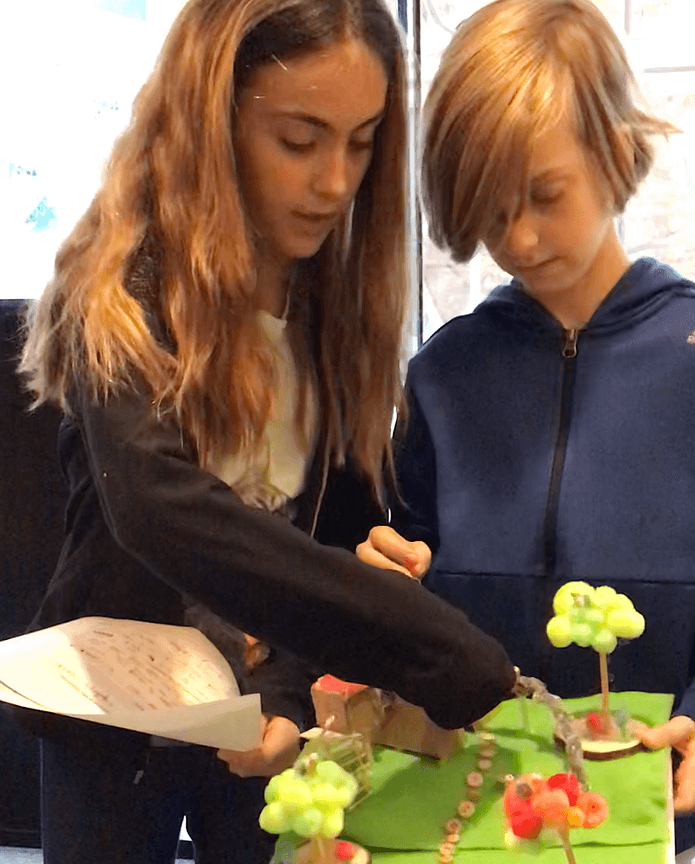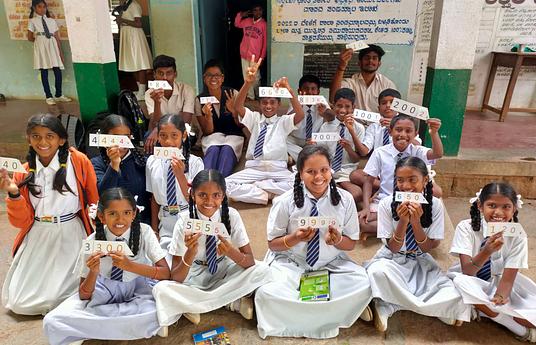We are educators, artists and designers who collaborate to create real-world authentic place-based design challenges for students. Inspired by Reggio Emilia and Anjiplay philosophies, the design challenge embeds emergent learning throughout the design thinking process.
As an art educator, Maria Cuzzocrea Burke, MAT in Art Education, wants to reimagine education, by empowering students through play, creativity and innovation, and engaging them through interdisciplinary learning. Working at Whittle School and Studios, a global school devoted to the UN Sustainable Development Goals, Maria wants her students to apply their creativity towards solving real local and global problems.
Dina Sorensen, Associate AIA, LEED AP BD+C, brings her unique background in the arts, architecture, and interdisciplinary research to enrich the design of learning environments. As a designer, author, and speaker who spearheads interdisciplinary collaboration, she focuses attention on the human experience while aiming to co-create learning spaces that foster agency, creativity, diversity, and a symbiotic relationship with nature and technology. Her primary research investigates the influence of design on healthy behaviors and catalyzing connections between public health and architecture.
'Design for Play' Design Challenge:
Kids love to play. ‘Play is children’s most serious work’ (Edith Ackerman) This design challenge invites each student to design for play at Whittle School and Studios. This year’s location in Washington DC is Squirrel Park — serving children in the broader community, as well as Whittle students each and everyday. Outdoor play fosters opportunities for whole child development; creativity, imagination, social connections, and learned behaviors. There are two types of outdoor playscapes: natural and constructed. Squirrel Park is a rolling landscape with mature trees, and acts as a glimpse of nature within the city. What’s missing? An intentional design for a diversity of play. Playscapes are designed by adults: researchers, manufacturers, artists, architects, engineers, landscape architects, and industrial designers (of which you will learn more about). But in this design challenge, children are the experts on play – challenged to design something new.



